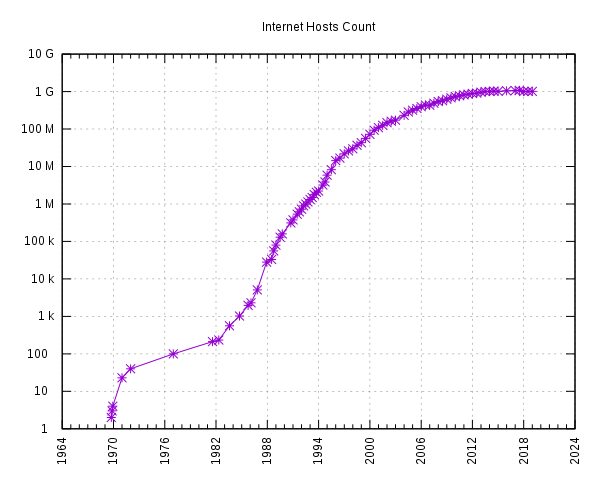VanEck Defense UCITS ETF
- Exposure to companies at the forefront of global defense industry
- Diversified access to the market leaders
- A transparent, convenient investment
Invest through your brokerage account
VanEck ETFs can be purchased through any broker which offers them. VanEck makes no representations, warranties, endorsements, or recommendations regarding any broker or other financial intermediary. You will leave the VanEck website when clicking any link below.
Further questions about brokers and products
You can't find your platform/broker in the list above?
If your broker/platform is not listed above, it does not necessarily mean that our ETFs are not available there. Please check with your broker directly whether the products are available.
The ETF is not available at your platform/broker?
Please contact your broker directly and tell him the ETF name and ISIN. Most brokers are happy to include new ETFs in their offer.
For further information, please contact:
nlinfo@vaneck.com
Important Information
The list of brokers in the above section is not exhaustive and can be updated from time to time. VanEck assumes no liability for the content of any linked third-party website, and/or content hosted on external websites or any executions of trades. VanEck makes no representations, warranties, endorsements, or recommendations regarding any broker, advisor, or other financial intermediary. This information aims to facilitate an efficient connection to some of the brokers used by Investors in your country. This information shall therefore not be construed as investment, legal or tax advice. Please refer to the broker ́s website for more information on pricing and purchase conditions. No rights may be derived based on the information provided. Investing is subject to risk, including the possible loss of principal.
The list of brokers in the above section is not exhaustive and can be updated from time to time. VanEck assumes no liability for the content of any linked third-party website, and/or content hosted on external websites or any executions of trades. VanEck makes no representations, warranties, endorsements, or recommendations regarding any broker, advisor, or other financial intermediary. This information aims to facilitate an efficient connection to some of the brokers used by Investors in your country. This information shall therefore not be construed as investment, legal or tax advice. Please refer to the broker ́s website for more information on pricing and purchase conditions. No rights may be derived based on the information provided. Investing is subject to risk, including the possible loss of principal.
DFNS


